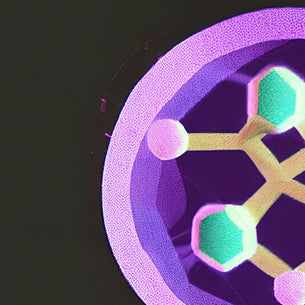

Ampk
NAD+ MULTI-PATHWAYS SYNTHESIS
Having optimum NAD+ levels is vital for healthy energy, fat and glucose metabolism, insulin regulation, DNA repair, inflammation response, and a host of other health effects. NAD+ levels and activity are elevated by four main pathways, and two additional secondary pathways from the botanicals in the Kimia NAD+ Booster. The following is a description of each NAD+ boosting pathway and which of the following herbs in the formula are activated by that pathway.
HOW IT WORKS
AMPK increases NAD+ production by increasing the expression of the enzyme NAMPT.
PATHWAY SYNERGIES
Activation of AMPK increases the NAD+/NADH ratio. An increase in NAD+ after exercise supports the idea that changes in NAD+ levels are based on AMPK increasing SIRT1 activity. AMPK enhances SIRT1 activity through increasing cellular NAD+ levels, resulting in the activity of SIRT1 targets (gene deacetylation or expression) and important cell function and antiaging pathways known as FOXO1 and FOXO3a. The AMPK-induced SIRT1-mediated biological effects are strongly shown in energy metabolism (Canto, 2009). Changes in NAD+ levels translate AMPK effects onto SIRT1 activity in this order: AMPK→NAD+→SIRT1 The actions of AMPK on lipid oxidation (fat metabolism) alter the ratio between NAD+ and NADH, which acts as a messenger to activate SIRT1. An increase in mitochondrial β-oxidation of fats is required for AMPK to increase the NAD+/NADH ratio and NAD+ levels.
An enzyme that regulates cellular metabolism and energy balance. AMPK can detect the level of energy in a cell and helps regulate responses when it gets too low or high.
NAD+ BOOST PATHWAY DEFINITION
An enzyme that regulates cellular metabolism and energy balance. AMPK can detect the level of energy in a cell and helps regulate responses when it gets too low or high.































